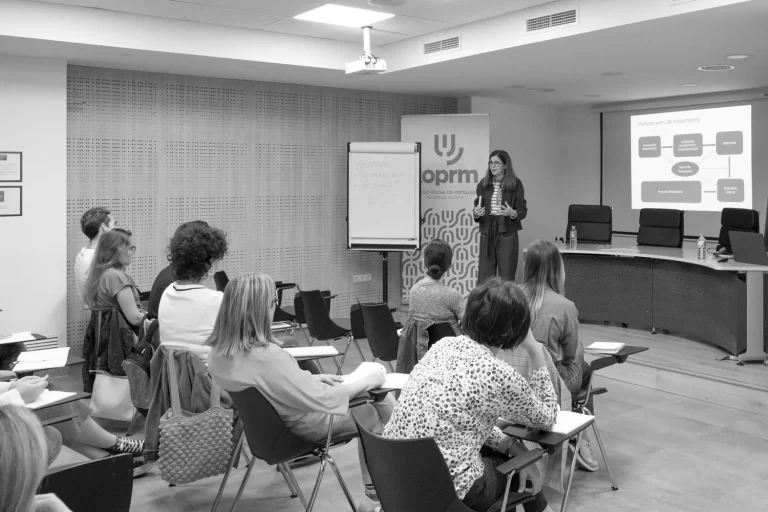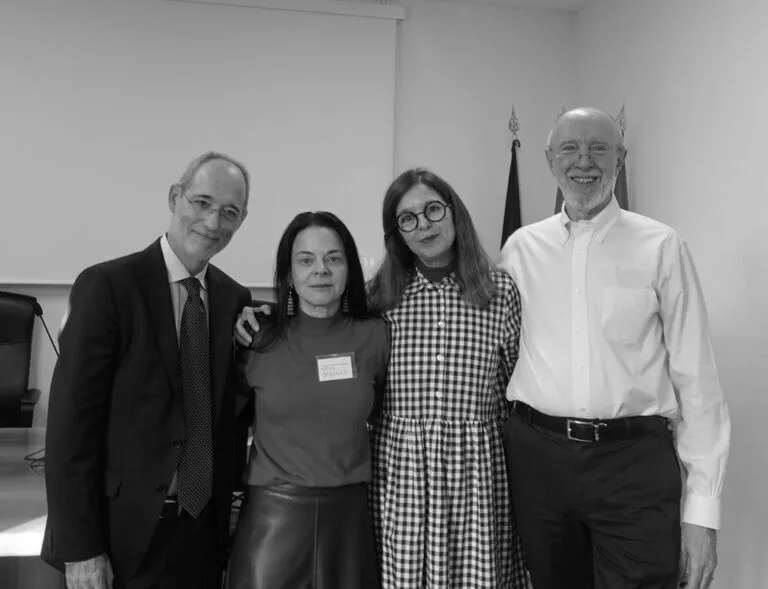Theory behind TFP
When Otto Kernberg approached the world of mental illness in the 1960s, he encountered two very different groups of patients.
The first group was led by psychoses, including schizophrenia, schizoaffective disorders and atypical psychoses. Psychoses are and were very serious, usually degenerative diseases that made people worse and worse, that is, they cause deterioration, severe, influencing very severely their functioning and probably also their health.
Otto notes that at the other extreme of pathologies, there were the neuroses, which were and are reasonably mild illnesses, in which the person functions reasonably well in life. Here the person may have symptoms or inhibition, a behavioral problem, especially minor problems in the area of love, intimacy or work. Let’s say that a neurotic is a person who lives well, but has something that makes him suffer, makes him have a bad time, but he is still functional.
The great discovery and contribution of Otto Kernberg is that he discovers that, in addition to these two groups of patients, there is a third group of patients that had been described and known by all but never nominated and sufficiently studied. This group of patients was and is characterized by the fact that it was neither as sick as psychosis nor as healthy as neurosis and that it functions at an intermediate level of severity.
These are subdivided into particular forms of expression, i.e. clusters, thus there are three different types of personality disorders:
The characteristic feature of personality disorders is the existence of “I” states that were extremely separate.
Split ego states are different states. For example, a person may be very happy in the morning, but may soon change to a bad mood. These split states are like very different ways of being from each other, which are experienced in an intense or shocking way.
The latter can be described as “different versions of oneself”.
And how is the internal world constituted? To understand this we must know what a dyad is.
A Dyad is a mental image that includes an image I have of myself, or myself, an image I have of another, in relation to me, and an affection that unites us both.
Refers to a person’s perception of himself or herself.
For example, I feel that I am inadequate and defective, and I perceive others as critical, hostile, indifferent, attacking and judgmental, which can generate in me a feeling of discomfort, fear and paralysis.
A person’s psychological world is known as their “inner world”, and this includes a large number of days within their mind.
Dyads come from internalization, the internalization of the relationships we have had in our early childhood. Although some of us will have some dyads that are more favorable, more dominant or influential.
These dyads will be reactivated in the present, not as an exact copy of their origin, but modified by current fantasies and desires and will determine how the subject relates to and experiences his encounter with others and his environment.
And what happens to a person with a borderline personality organization? It happens that when life becomes more demanding and distressing, an inner part of his or her world is more likely to be activated and the person functions accordingly.
We should think that a borderline patient generally functions well when the environment is calm, but when the environment is pressured, he or she begins to function highly conditioned by those dyads that are below the floor and can be activated by minor triggers.








